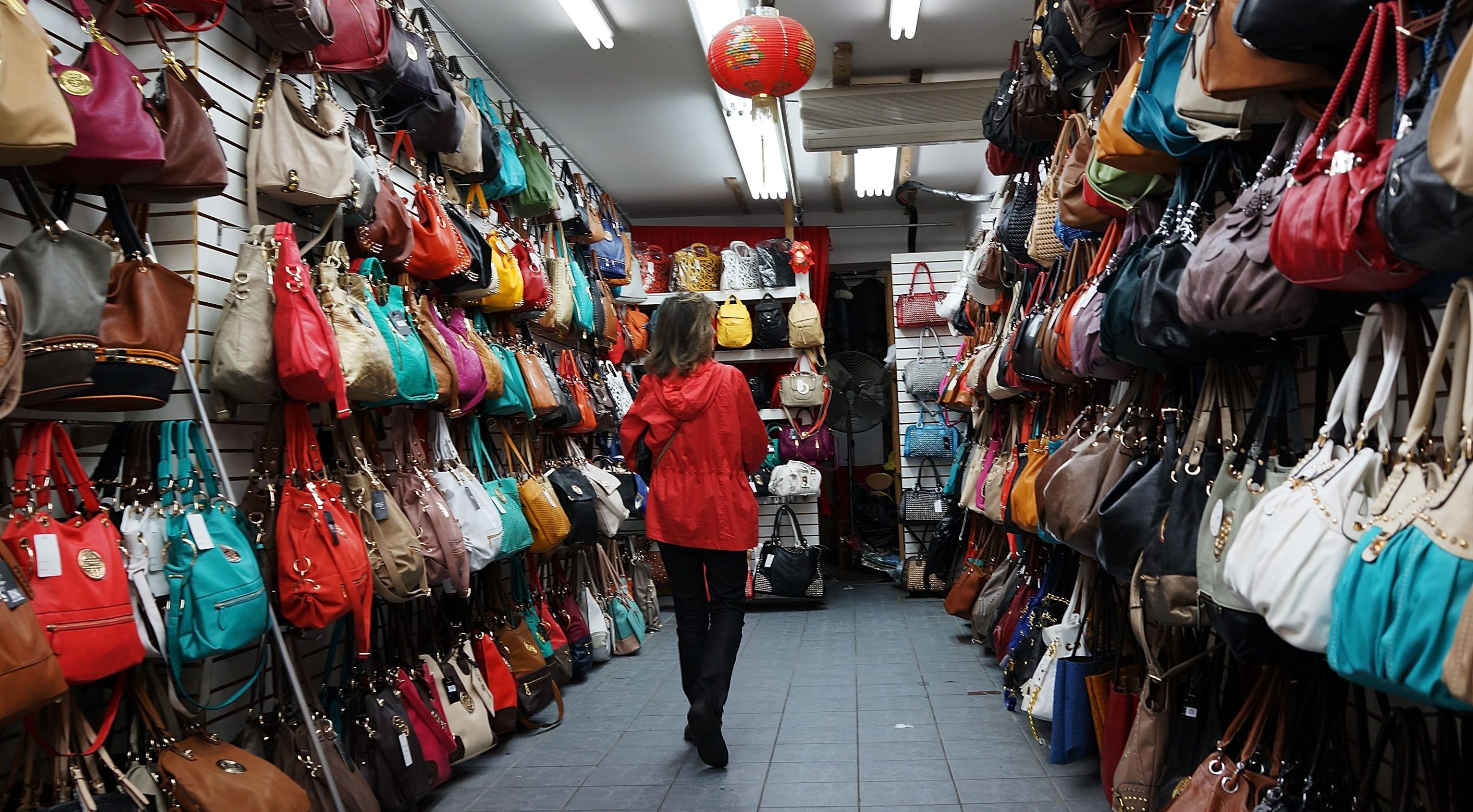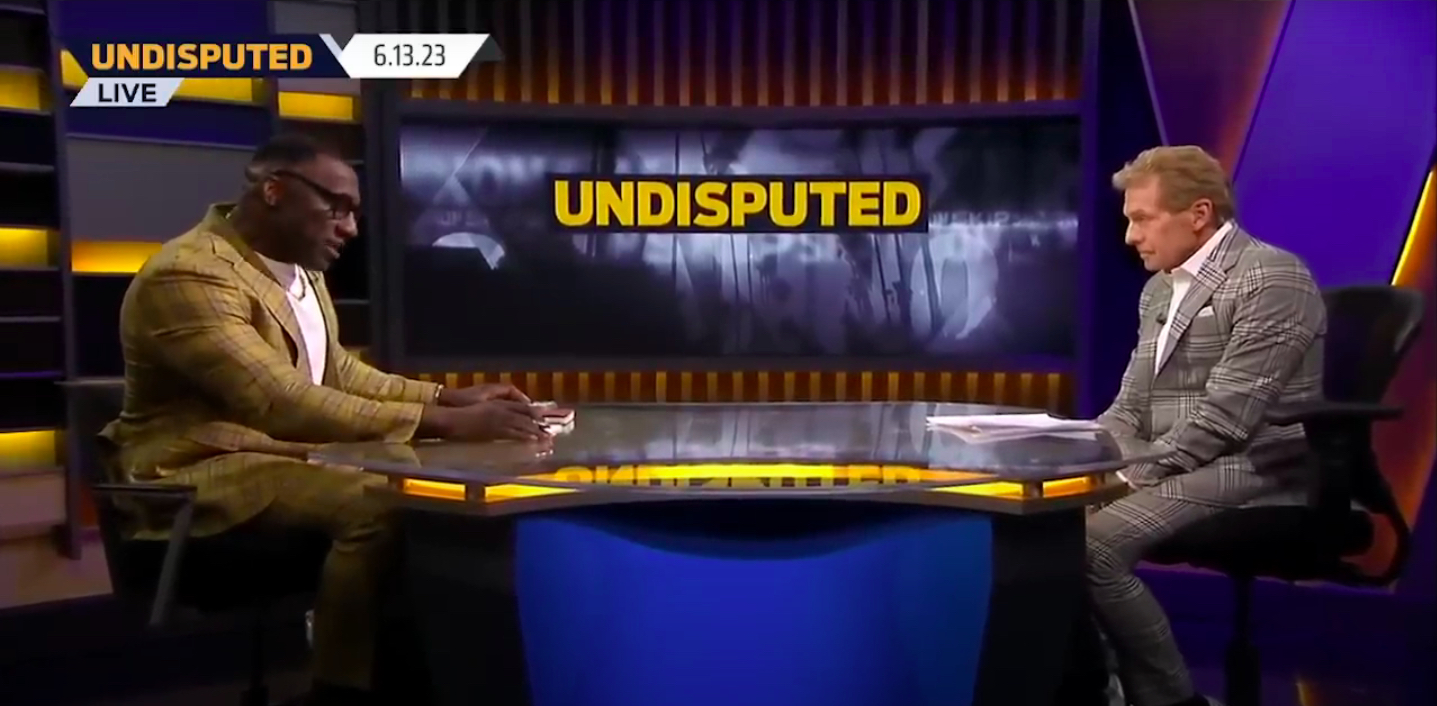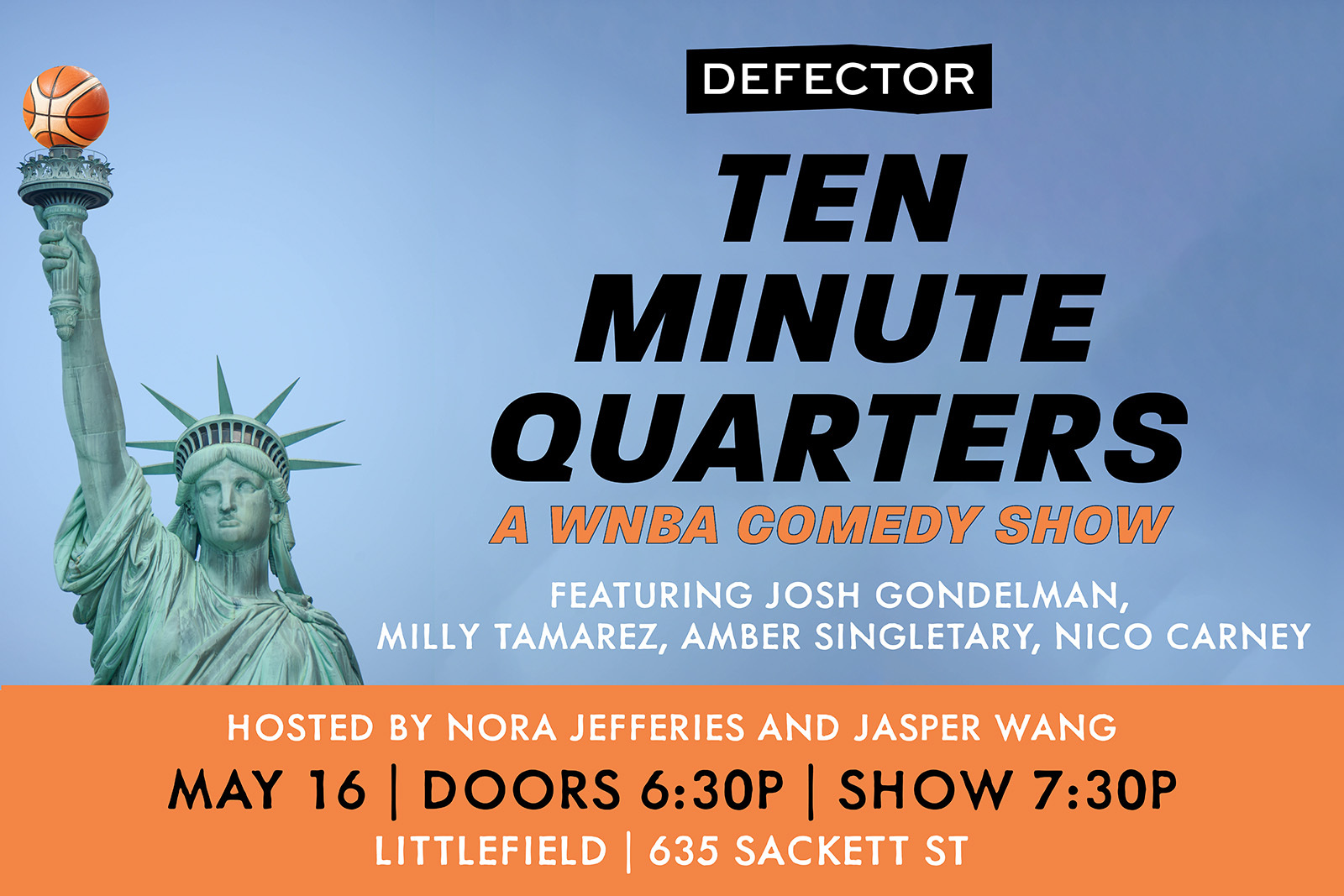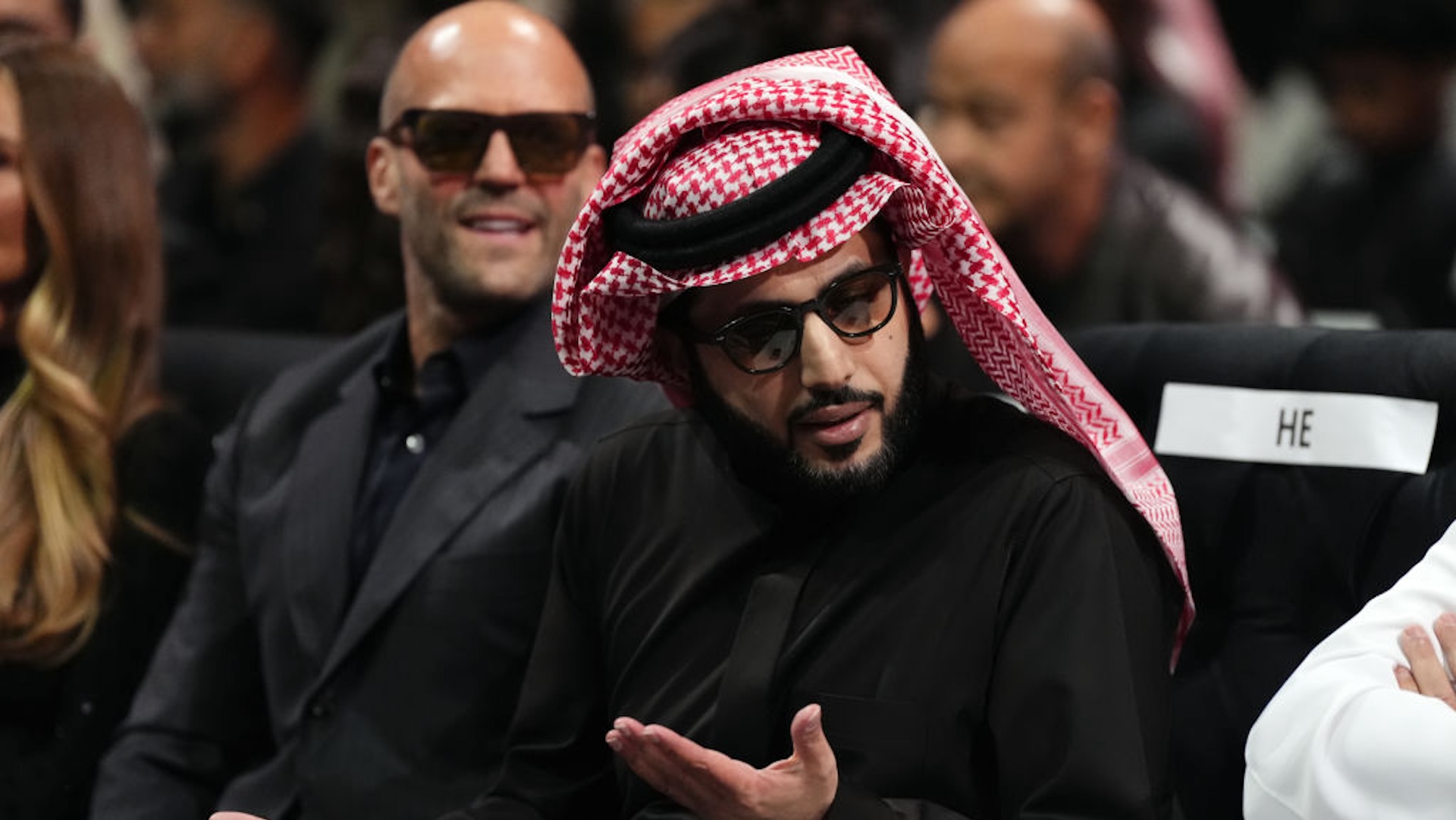In that gray purgatory that was the week between Christmas and New Year's, a debate arose on my feeds: When is a luxury fashion knockoff a populist victory, and when is it sinister duplicity?
The debate about how class is expressed in conspicuous consumption took form most recently in twining debates about a Walmart knockoff purse and a pair of sisters showing off their Christmas gifts.
On Christmas morning, sisters Kylan and Izzie Darnell took to their bedrooms for a time-honored tradition: filming "What I got for Christmas" hauls. I'm going to focus on Kylan's videos because Izzie is still in high school, but for the record, both of them were involved with this. Kylan rose to fame in 2023 when she became a star of that year's University of Alabama RushTok. Each day, Darnell and hundreds of other girls would post videos in their dorm rooms rattling off the brands they're wearing before heading into the hours-long gantlets of small talk. Now she has more than a million followers on TikTok and almost half a million on Instagram, and she's set herself up for a lucrative career in influencing midway through college.
For as long as influencers have existence in modern parlance, they have shown off their acquisitions in hauls. Like GRWMs (get ready with me) and OOTDs (outfit of the day), hauls are a key part of the parasocial performance that makes influencing a viable career and not just a solipsistic hobby. They drive affiliate purchases and sometimes even serve as vehicles for sponsored content themselves.
But the most important work hauls do for influencers is more subtle: Each unwrapped box, pristine garment, and impeccable powder compact is a brick in the construction of the influencer's persona. The items they own tell viewers who they are.
Fresh off a breast augmentation and somehow in full glam on Christmas morning, Kylan showed off each of her Christmas gifts, including Chanel sneakers and slingback pumps, a black and white raffia Chanel flap bag, her "first big girl bag to go with her big girl boobs," a black Chanel quilted flap, and a gold Dior bag.
Viewers quickly noticed discrepancies with some of the Darnell's gifts. The Chanel shoebox was all wrong. The flap bag had a tag hanging off it. The Dior bag was weirdly shiny. The comments escalated, other creators stitched their videos and compared their gifts to real items they owned, and the audience came to a consensus: A good number—maybe all?—of the Darnells' designer Christmas gifts were fakes.
That revelation set into motion an outrage cycle of schadenfreude demanding that the Darnells answer for their duplicity. A few of the not-deleted comments under the original haul video: "Just seen that Chanel on canal st," "she has her tits done how can't she afford this shit," "are u not gonna add the fact that they're all fakes lol," and "girl WTH just exposed yourself with a dhg [DH Gate, a popular site for purchasing counterfeits] haul so embarrassing."
The outrage I saw assumed a tone of feigned righteousness: The Darnells have vulnerable young women in their audiences who might get the wrong idea about what the average rich white girl can afford to expect at Christmas. It's irresponsible to create a false image of what is possible. It might hurt their feelings.
I don't buy it.
Because at the same time the Darnells' counterfeit hauls were being scrutinized, another debate was raging, this time about an $80 purse Walmart was selling that looks just like the Hermés Birkin bag, which regularly retails in the five and six digits, and which you can't even buy in-store unless it's offered to you.
While there was some eye-rolling and tsk-tsking about the existence of the Wirkin, as people started calling it, the vast majority of the videos I saw took a celebratory and shameless tone about the bag, as if its existence democratized access to luxury fashion. In one video, a creator said, " It makes me happy. It levels the playing field."
The bag isn't available on Walmart's website anymore, but it is for sale on TikTok Shop, along with other luxury dupes, like a $23 copy of the Hermés Picotin.
The creator Jesica Elise, who writes and makes videos about fashion theory, made several videos discussing the Wirkin and arguing that it was impossible for it to signal status to people who would otherwise buy a real Birkin. Instead, the point of the dupe was for consumers to signal status or wealth to their class peers and down the hierarchy.
"That bag looks so painfully cheap through the phone, no one will mistake it for the real thing," she explained in a video. "We don't need to walk up to people and say, 'This bag is from Walmart.' It looks like it." The dupe only provides value to people who, first, know what a Birkin is and what status it confers, and second, do not exist in a social class in which Birkins are commonly owned.
Elise's comment sections were flooded with people criticizing her elitism, and asking why she cared what kinds of bags people bought: "Lol my poor ass don't care. But I'm not letting some rich lady make others feel stupid for their purchases."
The audiences for both of these videos were similar: middle-class white women who likely had minimal encounters with the world of luxury fashion. But their responses to the women's stances on fraudulent designer items were vastly different. Both were discussing the social viability of fake luxury goods—one woman said she regularly mixed fakes with authentic pieces in her closet, while the other woman said a dupe will never confer the class and social status consumers hope the original would.
The racial dimension of this can't be ignored. Jesica Elise is a black woman with a tremendous amount of literacy in luxury fashion, class signifiers, and fashion philosophy. There is certainly an unsubtle bristling among some of her presumably white commenters about being told they can never buy class or status.
In her book Why We Can't Have Nice Things, Minh-Ha T. Pham refers to the behavior that caught out the Darnells' counterfeit goods as "crowdsourced intellectual property regulation," an unpaid labor that social media users undertake on behalf of the fashion industry to name and shame companies and individuals peddling fakes. Pham argues that this kind of decentralized, extralegal online IP regulation in the fashion space specifically works to reinforce ideas about race, class, and gender: "Accused copycats may or may not have violated the law but they're always perceived as having offended mainstream Western, middle-class, and tacitly white sensibilities of fashion ethics."
So it was more offensive for a young woman who has become famous for her performance of a specific type of Southern, white, upper-class femininity to have been exposed for owning fakes than it would be for an average viewer to spend $80 on a Wirkin. The exact same behaviors—owning knockoffs—look different on different bodies and within different contexts because of the expectations they reinforce or subvert. For the viewers, it's more jarring to see the parasocial illusion the Darnells created shattered than it would be for them to see an average, no-name person on their feed rocking a replica.
I can't talk about race and class and designer dupes without invoking Dapper Dan, the Harlem-based designer who pioneered unsanctioned designs festooned with luxury logos, and whose work was then ripped off by Gucci in 2017, and who later went in-house at Gucci as a designer. These dupes, the Wirkin and the Darnells' knockoffs, fall short of their supporters' populist argument because, unlike Dapper Dan's designs, these dupes aren't creating anything new. They're just copies, marked more by an aspiration to emulate the real thing than any distinct point of view or taste.
At the most basic level, an influencer presents an aspirational watermark, showing audiences what to aim for in beauty, personal style, relationships, and careers. All of it is a performance; it always is. But it only convinces if it observes the proper forms: The life might be fake, but the props can never be.






